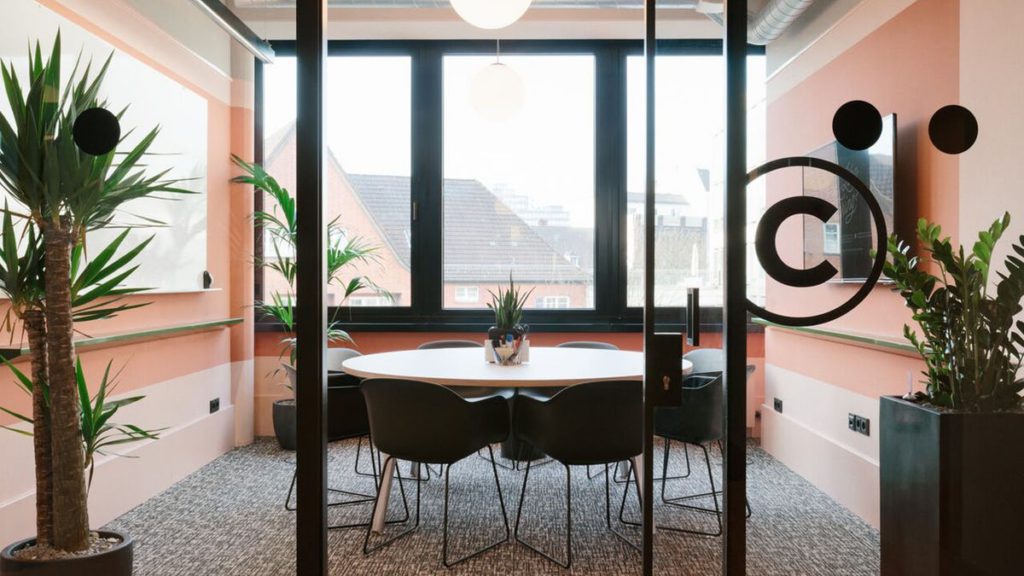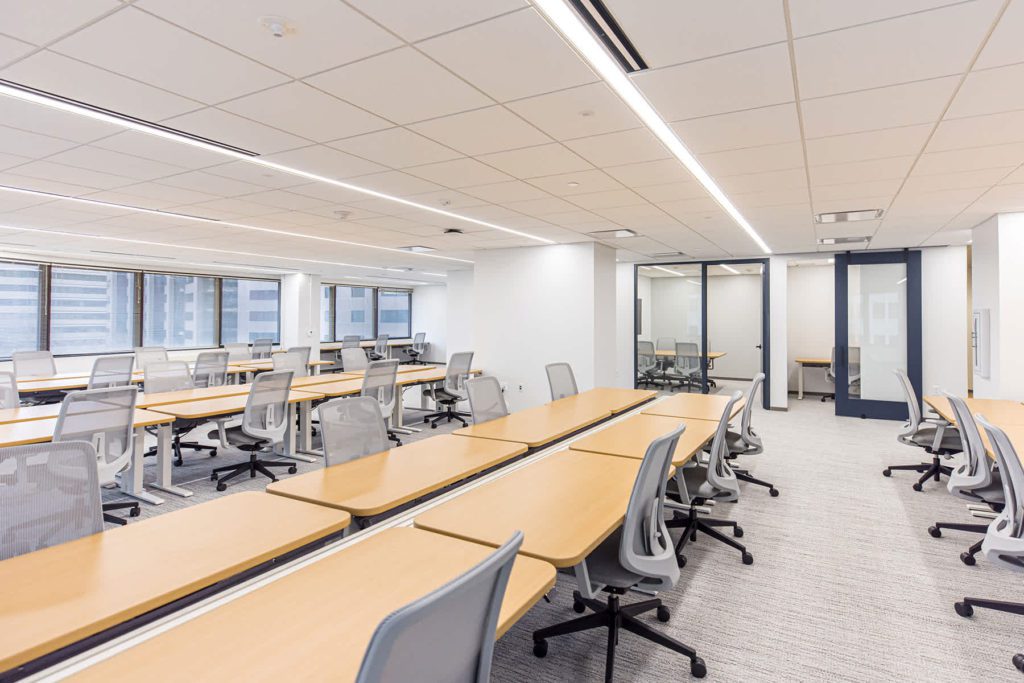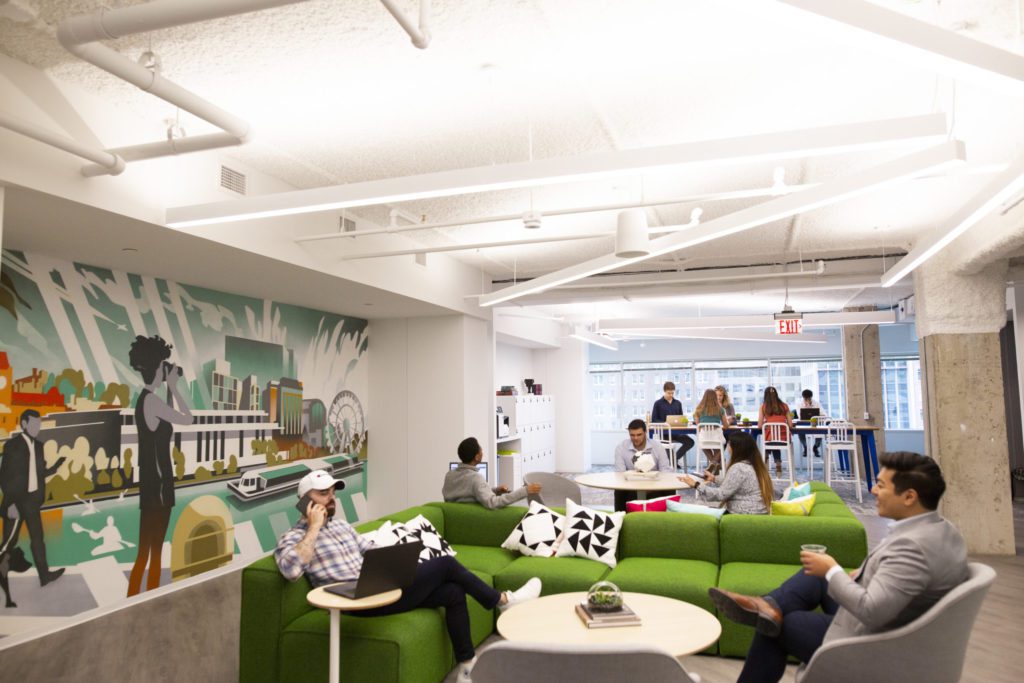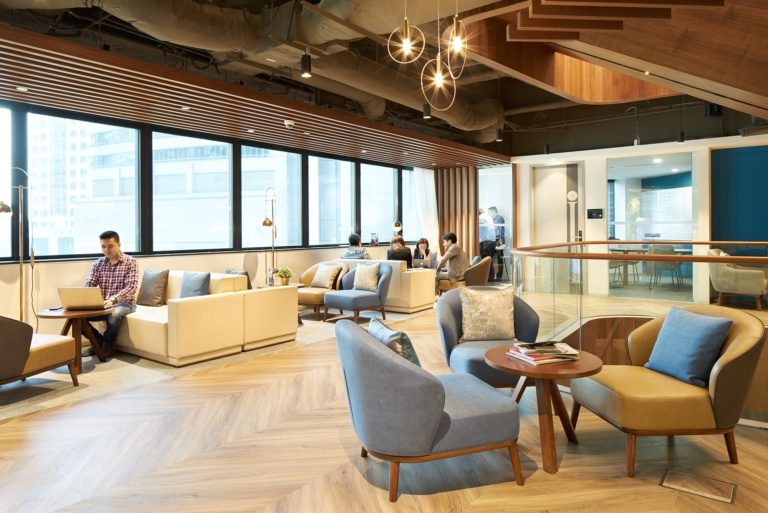
2020 was a difficult year for every business, especially with the new challenges we were faced with. It was a year of changes, transformation, and innovation, not only in the physical workplace, but in every aspect of the business process. By reflecting on these challenges, it is determined that 2021 will need new ways of thinking and out-of-the-box office space solutions that will improve productivity, ensure business continuity, and make your employees work better despite the changes.
Looking ahead, we can see that trends are shifting towards flexibility and workplace wellness. A lot of businesses are starting to embrace the “new normal” and resume operations, either by going back to the office or adopting a mixed work environment setup. Physical work spaces and workplace policies have also evolved to be more human-centric. Above all, adaptability and flexibility are becoming the new norm.
As the world slowly adapts to these challenging times, let us explore the workspace trends in 2021 and how businesses can adjust their perspectives to meet the needs of today’s workplaces.
Factors to Consider in the Workplace

The challenges brought by the global pandemic have accelerated a number of workplace trends, including mobility, choice, flexibility, health, and wellbeing. They have also helped shape future expectations for the workplace. This 2021, the work environment will need to be more adaptable to change and evolve with the continuously shifting landscape. This human-centric approach to workplace strategy allows businesses to create and maintain a nurturing company culture that supports employees both in and out of the office.
To best adapt to these challenges, companies need to re-think their long-term strategies and focus on bringing people together in a safe and productive way. Here are some of the factors organizations should consider when developing workplace strategies:
- Flexibility – Companies need to be more dynamic and responsive to sudden, disruptive events.
- Invest in technology – Remote working is here to stay – whether we like or not. It is only smart to invest in software, technology, and tools needed to work virtually.
- Social distancing – Whether employees are working at home, in a co-working space, or in the office, a large space should be allocated to accommodate social distancing protocols. This helps maintain employee interactions while ensuring safety.
- Ample air circulation – One of the factors that affect the spreading of coronavirus, and other health threats, is indoor air quality.
7 Workplace Trends That Define 2021

Businesses might still be reeling from the challenges brought by the economic and global pandemic, but that doesn’t stop them from learning and adapting their workplace to continue their growth. Here are some of the workplace trends that became popular in 2021 to address the challenges brought by the various crises.
1. Flexible workplace design
This is probably the biggest office design trend that was triggered by the pandemic. Although flexible workspaces have been around for some time now, they have gained huge relevance in 2020 and will continue to become the main trend for years to come.
Uncertainty is prevalent these days and the only way to prepare for it is for businesses to support and encourage flexible work practices. Most employees also prefer businesses with this type of workplace design. So if you want your company to continue to attract top talent, consider investing in this office design trend.
2. The shared office
The first half of 2021 showed how big the role that shared office will play in business continuity. It will be a huge player in office design, as more companies’ return-to-office strategies involve mixed workplace setups. This means that they will be rotating groups of employees to ensure that the office will not go beyond 50% its usual capacity.
While some employees work in the physical office, businesses rent shared spaces to house the other 50%. Several companies intend to continue this employee rotation structure permanently, so shared spaces are definitely going to be helpful in this strategy.
As companies cut back on the number of employees in the office, they could either reduce their real estate or rent out their office space to save money on their office space spending.
3. Sustainable office design
Because of the natural disasters that happened all over the world, individuals and businesses are becoming increasingly aware of our environmental impact on the environment. Hence, sustainable design practices and green building materials are becoming a huge office design trend.
4. Human-centric design
Another cultural shift has focused around creating an office design strategy that prioritises employee safety and empowerment. The pandemic has reminded us of the importance of the employees’ health and wellbeing in the profitability of any company. Design elements, such as cleaner air ventilation, biophilia, and natural lighting are becoming popular this year. This trend is bringing the benefits and comforts of home into the office.
5. Smart offices
Having a sleek and comfortable office is no longer enough. Having smart offices is the new trend, and remote working has only solidified it. Our reliance on technology, digital information, and IoT makes smart offices popular. A smart workspace is equipped with digital sensors to monitor and respond to factors such as temperature, occupancy, air quality, natural light levels and others.
Smart offices can also collect and share data, so businesses can understand when and how office spaces are being used. This feature is a powerful office design tool that can be used for social distancing and COVID-security.
6. Connectivity
One of the biggest changes to office design this year, the office is no longer just a place for working. It has become a destination in itself where employees can interact and socialise with one another. After several months of focused home working and limited opportunities for social interaction, the physical office or a shared office becomes a refreshing opportunity to see colleagues, bounce off ideas, collaborate, connect, or simply talk.
7. The minimalist office
Minimalism in the office doesn’t mean cutting back on furniture, tools, resources, or company assets. Instead, this approach is centred on decluttering the workspace.Clutter bombards the minds and the senses, contributing to workspace distractions and stress. Untidy computer cables, too many office printers, or unused office appliances can draw our attention away from what we should be doing.
A minimalist office keeps distractions out of sight so that employees can feel calm, creative, focused, and overall productive at work.
The Best Office Design Trend

When thinking of the most suitable office design for your businesses, always think about what your employees need. Smart offices might be great, but they won’t be of great use if most of your employees are working at home. Consider the factors that matter to your employees and invest in them. Don’t be afraid to experiment and mix up these trends to get the office design that works for you and your employees.

Enterprise software development experience. More recently in positions including CTO, Lead Developer and Head of Product in Australia. Deep expertise in property and legal technology in Australia with a specialty in lead generation and tech scalability across Asia-Pacific.
